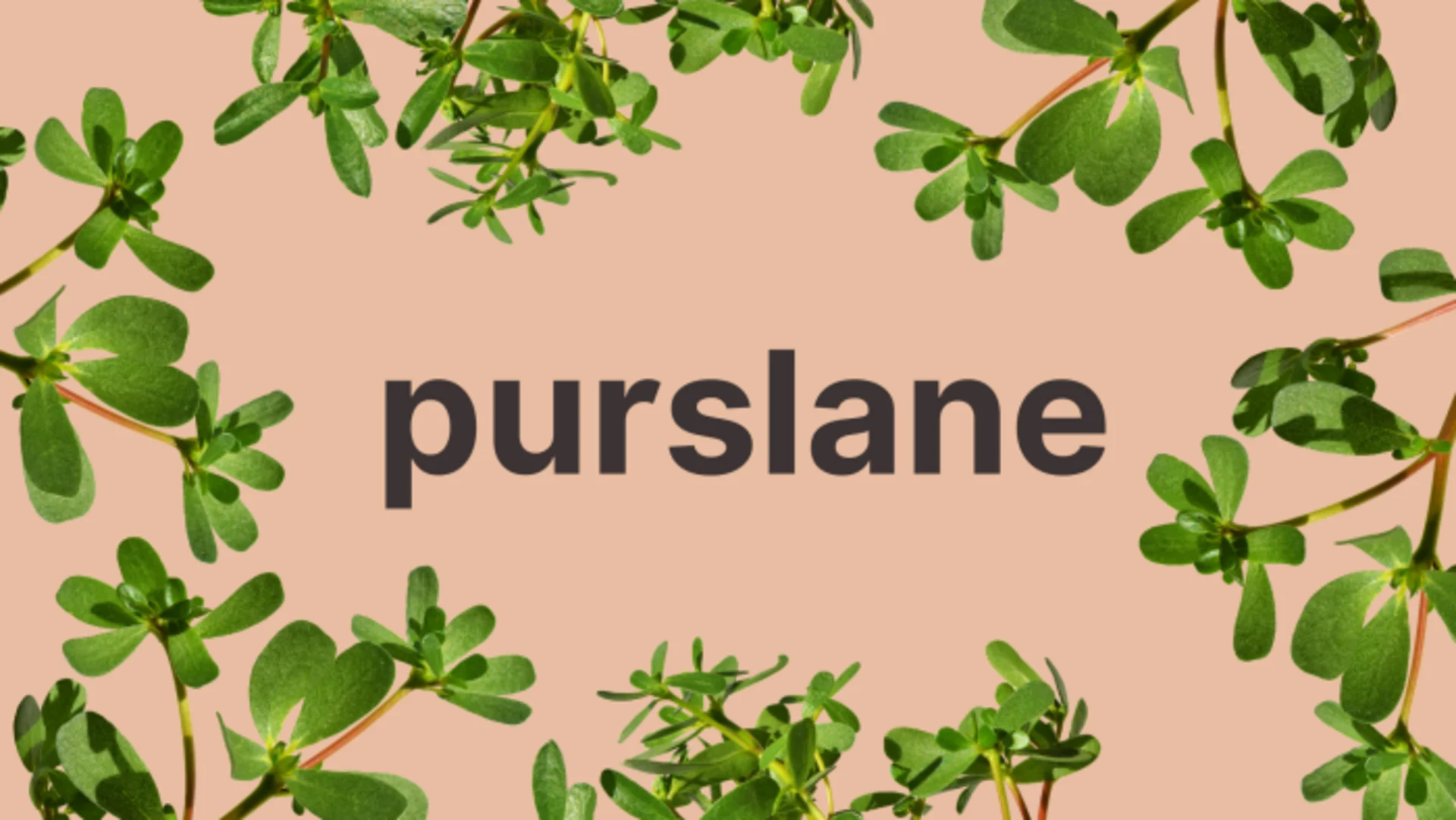
Purslane: An unassuming weed that is loaded with nutrients
It's an unassuming weed you've probably come across in between cracks in your driveway or along the sidewalk -- but take a closer look. What you're seeing is a super-nutritious food source with a long history.
Could the next big superfood be growing right in your backyard?
Possibly. You're likely to find purslane growing in the cracks of your patio stones or garden. It may blend into the scenery, but it can grow into a beautiful succulent in the right conditions.
"I'll eat it when I'm out in the garden," Barb McKean, head of education at the Royal Botanical Gardens, tells The Weather Network.
Loaded with nutrients like calcium, iron, and magnesium, purslane is a popular food in many parts of the world, found in fattoush salad or curries.
It also makes its way into salads, soups, and stews.
McKean says it has a sour taste - especially when harvested in the morning.
Visit our Complete Guide to Fall 2023 for an in-depth look at the Fall Forecast, tips to plan for it and much more!
People have been using purslane for about 4,000 years, and not just in food. It also has uses in traditional medicine, treating poison ivy rashes, wasp stings and ant bites.
Purslane is harvestable all summer and can grow in heavy heat and dry conditions, making it a contender to tolerate climate change.
One thing to keep in mind: purslane is often confused with a toxic plant called hairy stemmed spurge, which you don't want to eat. Both plants have red stems - but spurge has hair on them.

Purslane (left) vs. Spurge (right). Purslane has yellow flowers, a hairless stem, and clear sap. Spurge - which is toxic - has a hairy stem, white flowers, and milky sap.
Another way to tell them apart is the flowers and the sap. Purslane has yellow flowers with clear sap. Spurge has white flowers and milky sap.
Produced by Kevin Clarke. Graphics/thumbnail created by Cheryl Santa Maria using elements from Canva Pro.










